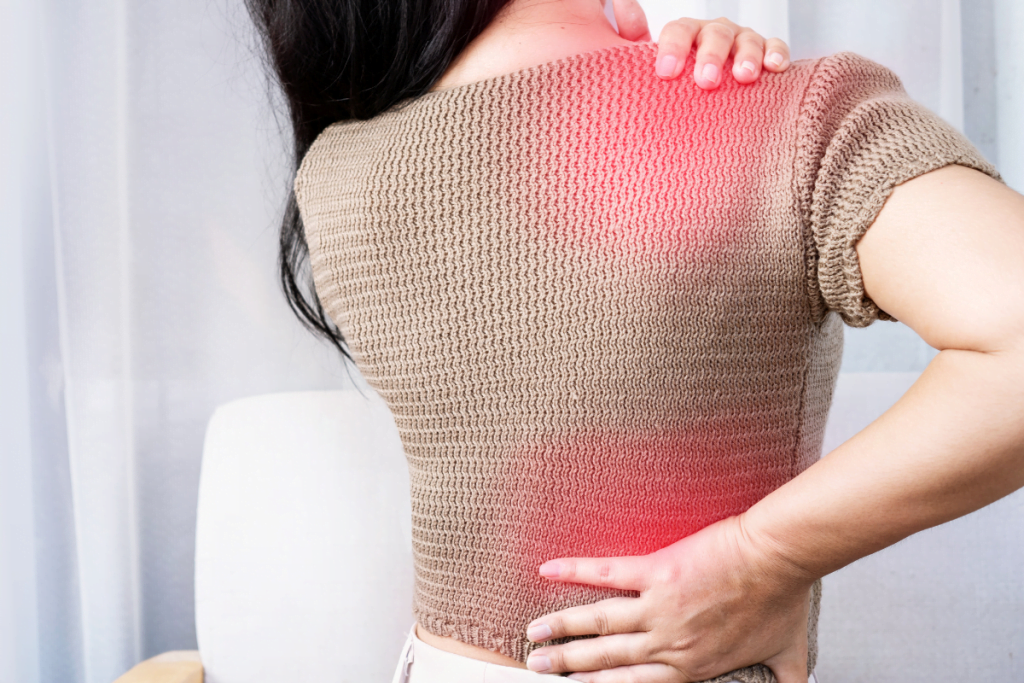Massage therapy has garnered widespread acclaim for its effectiveness in alleviating muscle tension and discomfort. Whether dealing with tight muscles resulting from a rigorous workout, stress-induced muscle hypertonicity, or differentiating between muscle adhesions and knots, massage therapy offers various techniques to tackle these issues, promoting overall well-being.
Understanding Muscle Tension and Discomfort
Muscle tension arises when muscles are partially contracted for prolonged periods. Influencing factors include physical activity, poor posture, and emotional stress. Tight muscles can cause pain, stiffness, and reduced range of motion, significantly affecting daily activities and quality of life. Hypertonic muscles, abnormally toned or tight, often develop from repetitive stress or overuse, leading to notable discomfort and impaired muscle function.
Benefits of Massage Therapy
Massage therapy offers numerous benefits for reducing muscle tension and discomfort. The key advantages include:
Improved Circulation
Massage enhances blood circulation to targeted muscles, aiding in healing and reducing swelling. Through the pressure and manipulation by a massage therapist, blood vessels expand, improving circulation and delivering more oxygen and nutrients to the muscles.
This improved circulation also helps remove metabolic waste products like lactic acid, which cause muscle soreness and fatigue. Enhanced blood flow supports quicker recovery and reduces inflammation, especially beneficial after strenuous exercise or injuries.
Pain Relief
Massage therapy targets tight and hypertonic muscles to alleviate pain and discomfort. It provides relief through various mechanisms, including physical manipulation that reduces muscle tension and stiffness, which are common sources of pain. Additionally, massage encourages the release of endorphins, the body’s natural painkillers.
For individuals with conditions like fibromyalgia or chronic lower back pain, regular massage sessions can offer significant and long-term pain relief.
Enhanced Flexibility
Regular massage therapy can boost muscle flexibility, facilitating easier movement and reducing injury risks. This practice stretches and lengthens muscle fibers, enhancing flexibility. For athletes or those with physically demanding lifestyles, improved flexibility can enhance performance and lower the chances of strains or sprains.
Massage therapy breaks down adhesions (scar tissue) and promotes a greater range of motion in the joints, ensuring that muscles and connective tissues function optimally.
Stress Reduction
Beyond addressing physical issues, massage therapy is effective in reducing stress, a common cause of muscle tension. The soothing atmosphere and the therapist’s touch help relax the nervous system and lower cortisol levels, reducing anxiety and enhancing overall well-being.
Moreover, massages can improve sleep quality, an essential component of stress management.
Techniques for Addressing Muscle Tension
Various massage techniques can help relieve muscle tension and discomfort:
- Swedish Massage: This popular technique involves long, gliding strokes and kneading to relax the whole body. It’s especially effective at loosening tight muscles and improving circulation.
- Deep Tissue Massage: Aimed at persistent muscle tension, this method focuses on deeper muscle layers and surrounding tissues.
- Trigger Point Therapy: This technique targets specific areas of muscle tightness, known as knots, and alleviates discomfort through sustained pressure.
- Myofascial Release: Focused on muscle adhesions, this technique uses gentle stretching and massage to relax fibrous bands and improve mobility.
Choosing the Right Massage Therapy
Selecting the right type of massage therapy depends on your specific needs and the nature of your muscle tension. For general relaxation and relief from tight muscles, a Swedish massage may be sufficient. However, for more severe issues like hypertonic muscles or chronic pain, deep tissue massage or specialized therapies might be more effective.
Integrating Massage Therapy into Your Routine
To maximize the benefits, consider incorporating massage therapy into your regular health and self-care routine. Frequent sessions can maintain muscle flexibility, reduce stress, and prevent recurring muscle tension and discomfort.
Combining massage therapy with other treatments, such as physical therapy, stretching exercises, and staying properly hydrated, can further enhance its effectiveness.
Takeaways
Massage therapy is an essential tool for alleviating muscle tension and discomfort. Regular and customized massage sessions can greatly contribute to maintaining muscle health, reducing pain, and promoting relaxation, making it an integral part of a holistic approach to well-being.
Frequently Asked Questions (FAQs)
How can stiff and tight muscles result in back pain?
Stiff and tight muscles can create imbalances and strain within the musculoskeletal system. Limited range of motion and flexibility in tight muscles force other muscles and joints to compensate, potentially leading to overuse and stress, particularly in the spine and lower back. Tight muscles can also compress nerves, causing radiating pain. Chronic muscle tension can negatively impact posture, further exacerbating back pain and leading to long-term issues if untreated.
How to release chronically tight muscles?
Releasing chronically tight muscles involves several approaches aimed at reducing tension and enhancing flexibility. Regular massage therapy is highly effective in targeting specific tight areas and promoting relaxation. Stretching exercises, particularly focusing on affected areas, can help elongate and release tension. Incorporating practices like yoga and Pilates can further improve overall muscle flexibility and strength. Heat therapy, such as warm compresses or heating pads, can also help relax muscles and enhance blood flow.
How to get rid of tight muscles?
Eliminating tight muscles involves a comprehensive approach that includes immediate and long-term strategies. Immediate relief can be obtained through massage therapy, which targets and loosens tight muscle fibers. Routine stretching and flexibility exercises should be part of your daily routine to prevent tightness. Proper hydration and a balanced diet provide essential nutrients for muscle health. Additionally, practicing good ergonomics and maintaining proper posture during daily activities can help prevent muscle strain.
